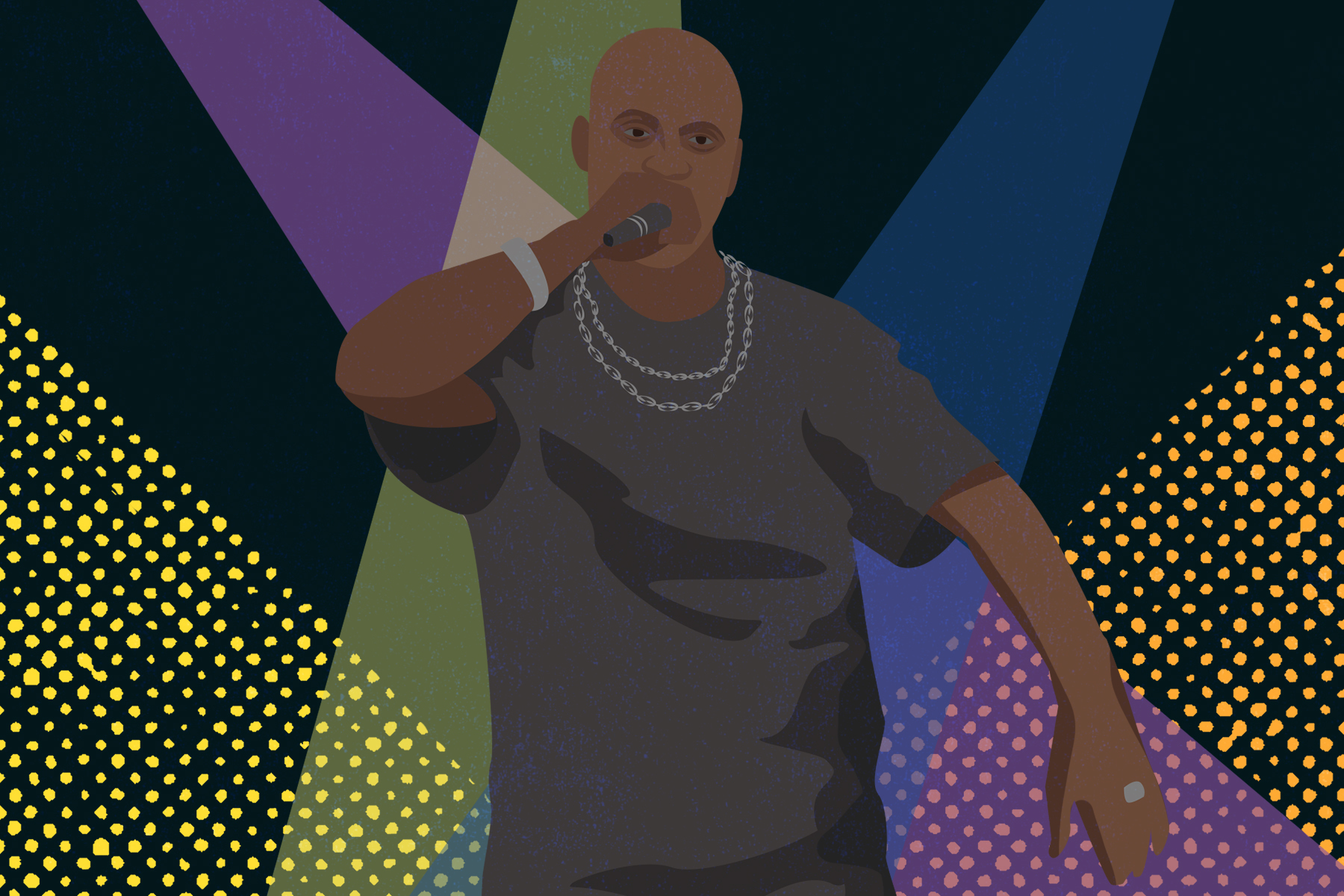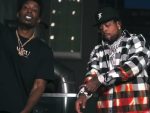From the adversity-ridden trenches of New York City rose one of the most eccentric talents the world has ever known: Earl Simmons, also known by his stage name, DMX. When searching for the words to describe what Simmons meant to people, almost everything feels like an understatement. A poet. A legend. A warrior. And most of all, and in the face of his recent passing, a man that has lived a full life in every sense of the term. Simmons loved life way more than his drug addiction’s ambition to ruin it, and that is why he will be remembered for what he stood for rather than the demons he — like countless others — was unable to defeat in the end.
First and foremost, Simmons was a man that triumphed against every odd against him; being a child of a teenage mother, a kid with an absent father and a victim of extreme childhood abuse and poverty is all too common of a recipe for a rough life in America. From early childhood, Simmons was forced to endure suffering that most people will never see even a glimpse of in their whole lives. His family injected a toxicity into his life that he struggled to overcome until the day he died. Between his mother and her boyfriends beating him and his aunt getting him drunk at the age of 7 and expelled from school as a result, Simmons’ only glimmer of hope was to escape.
At the age of 14, he ran from the tortures inflicted on him in his home life and onto the streets of Yonkers, New York. Simmons was a sponge on the streets, absorbing and trusting anybody that walked his way in hope that something would save him from the spiraling life that victimized him. His mentor at the time, a rapper by the name of Ready Ron, taught him how to rob for a living. While Simmons believed this man to be his hero, the underlying theme of betrayal returned to his life; eventually, the man tricked Simmons into smoking marijuana that was laced with crack cocaine, which he consistently pointed to as the most prominent turning point in his life.
The chaos that Simmons fought through was unfathomable. There are thousands of people that have spoken about the trauma of his life, but I like to think of the human soul as a city. These traumatic memories designed skyscrapers of wisdom, streets of poetry, buildings that shined with success and a civilization of passion and ambition in Simmons’ soul. In other words, Simmons should not be remembered for his pain — he should be remembered for what he made of his pain.
DMX’s brilliant music career
Very few artists were as big as DMX was when he first came onto the scene. Some point to Simmons as the person that replaced the late and great Tupac Shakur in the field of emotional, storytelling rap. With DMX’s debut album, “It’s Dark and Hell Is Hot,” he erupted onto the hip-hop scene as a growling poet with enough artistry to spread around the entire world. Whether it be commercial success or respect from the greats of hip-hop, DMX obtained it in his own way. His sound came from the canvas of colors that was his life, and that is why he sounded like nobody else. With a slew of critically acclaimed albums, such as “Flesh of My Flesh, Blood of My Blood” and “…And Then There Was X” — accompanied by a timeless arsenal of hit songs such as the “Ruff Ryders’ Anthem” and “Party Up (Up In Here)” — DMX solidified himself as a legendary artist.
Simmons was a poet before he was a rapper, funneling his pain into his art. He could have very well left his story as a man that came from the bottom to be one of the most popular hip-hop artists in history, but he sought more from this life.
DMX: More than a rapper
There are so many stories circulating about the things that Simmons did in his life that made him such a special person. His music career, replete with intricate art and a long-fought battle against the music industry, was nothing compared to what he did as a man. Going to a local IHOP and asking to help the workers make omelets, being caught in the middle of New York City playing with remote-controlled cars alongside dozens of kids, frequently visiting and giving to underprivileged communities, and bringing a woman and her daughter that he met on a plane along for a concert are just some of the things that epitomize his energetic spirit.
DMX spoke with elegance and never wasted his words by repeating the thoughts of another. Nearly every single thing that came out of his mouth was an emerging piece of wisdom. He was a man that constantly wore his heart on his sleeve, ironically enough. While his music was an expression of his pain, his spirit and voice showed an outpouring of vulnerability.
He was simply an example of being the change he wished to see in the world.
DMX made it cool to cry. With songs like “Slippin’” and “I Miss You,” as well as an infinite number of interviews worthy of study, DMX gave a breach of light to every single person that was keeping their struggle inside.
On top of it all, he was an amazing father to his children. DMX gave this life and this universe every ounce of the things he never received: true love and care. It was never for the cameras, it was never for the promotion of his music, it was never for any other reason but to help people. DMX achieved something that is existential and, for lack of a better word, beautiful. He stood for giving the world everything he always felt like he needed. He became a walking emotion: hope.
Out of all the DMX content that has been poured all over the internet in celebration of his life, this particular video stood out to me. If there was ever a moment to describe his character, it would have to be this one:
Let’s rejoice for what this man meant to so many people, especially his family. DMX was never his pain; rather, he was always his hope.
A Message to DMX
When I first came up with the idea to write this article, it was in a moment of prayer for a man — then fighting for his life in a hospital — who gave me a glimmer of light as a young child. As my first words hit the (digital) page, it was announced that DMX had passed away. I was hoping when this article was published, there would be a chance that DMX himself could see both it and the love and appreciation the world has for him.
As I dove into his intricate life, I realized this wasn’t the story of a man that had passed away too soon, but rather a man that was sent to Earth to teach us something. DMX, wherever you are, you succeeded. Even if I am completely alone in this, which I most definitely am not, I would like to say that you taught me something truly priceless — that there was hope. There was always hope. Rest in peace, Earl Simmons.

















